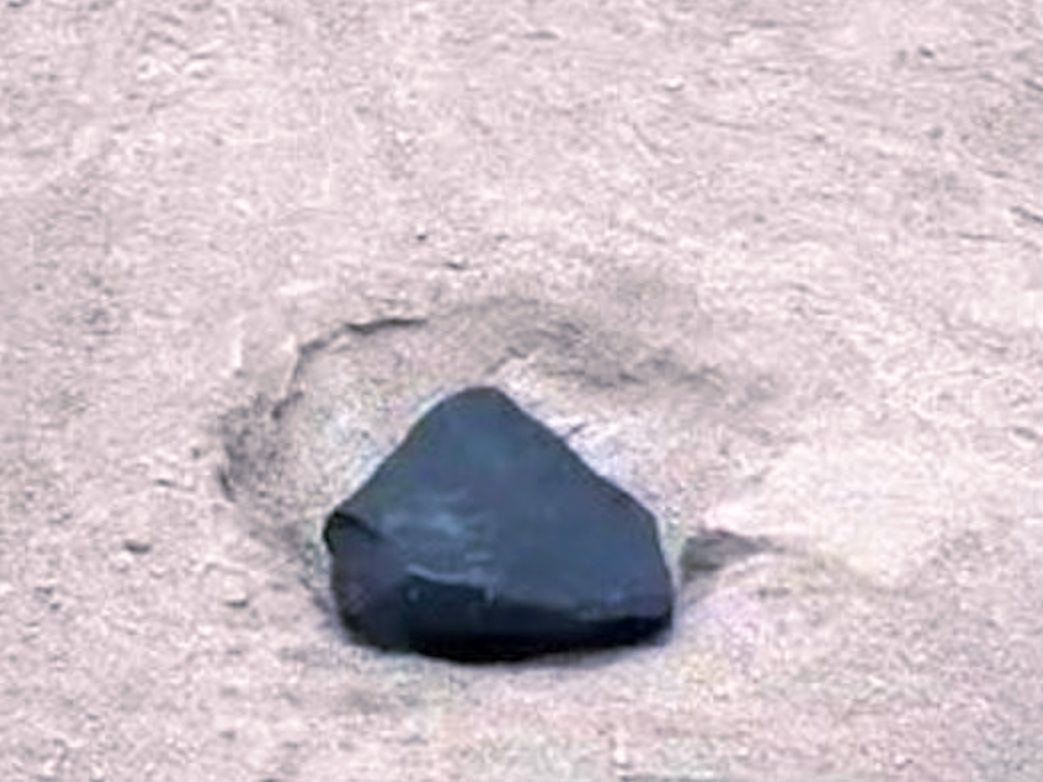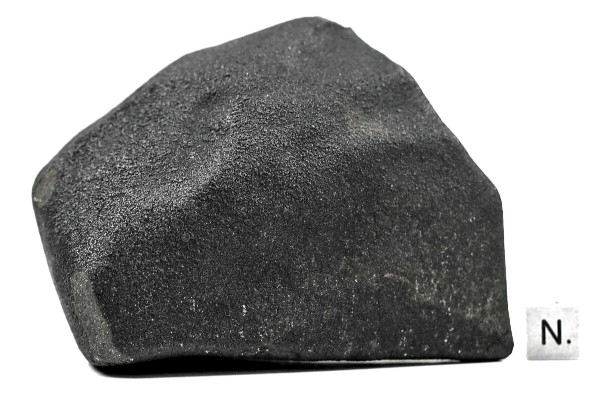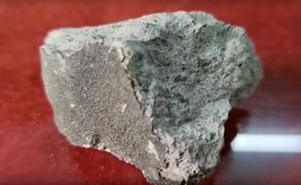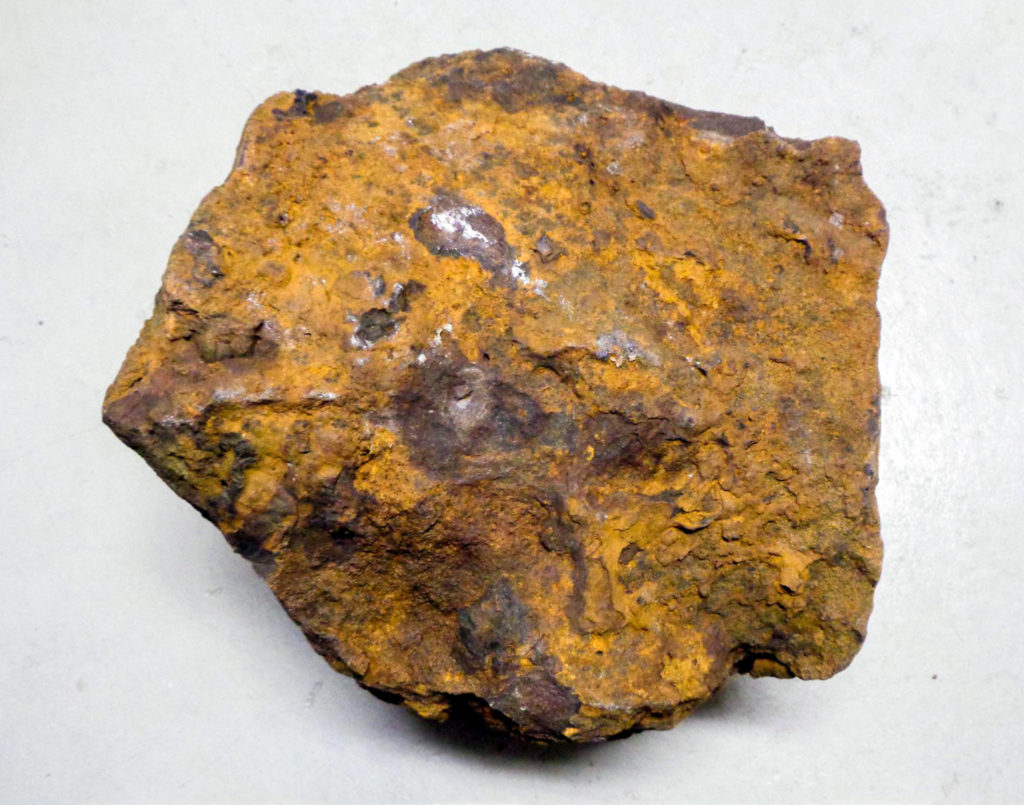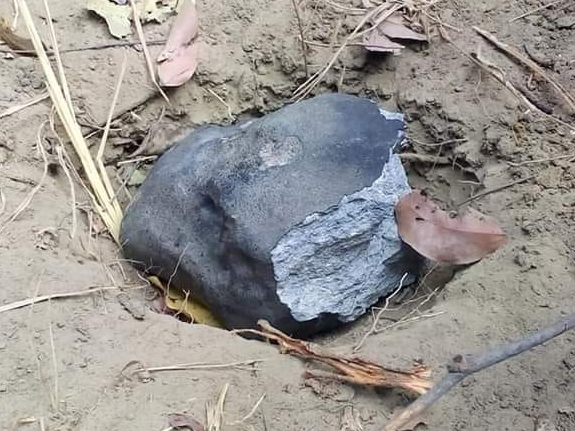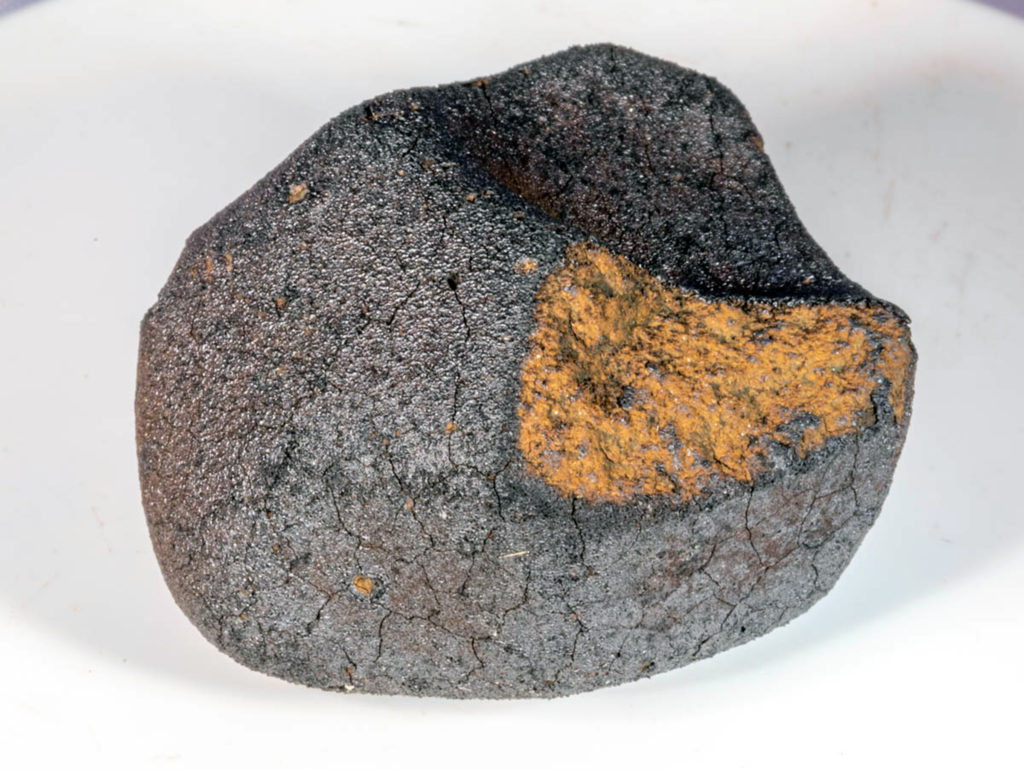Detection of meteoroid impacts by the Geostationary Lightning Mapper on the GOES‐16 satelliteOPEN ACCESS
Peter Jenniskens, Jim Albers, Clemens E. Tillier, Samantha F. Edgington, Randolph S. Longenbaugh, Steven J. Goodman, Scott D. Rudlosky, Alan R. Hildebrand, Lincoln Hanton, Fabio Ciceri, Richard Nowell, Esko Lyytinen, Donald Hladiuk, Dwayne Free, Nicholas Moskovitz, Len Bright, Christopher O. Johnston, Eric Stern
Meteoritics & Planetary Science
First published: 15 July 2018
LINK (OPEN ACCESS)
PDF (OPEN ACCESS)
“Bolides are detected by the Geostationary Lightning Mapper onboard the GOES‐16 weather satellite, which takes images of Earth at a rate of 500 Hz in a 1.1 nm wide pass band centered on 777.4 nm wavelength. Ten case studies are discussed. These initial results were obtained using the Level 0 data received during the nonoperational in‐orbit postlaunch test period. GLM positions and timings are sufficiently accurate to assist in trajectory and orbit reconstruction. GLM samples the light curve nearly completely, unaffected by onboard and downlink processes tailored to lightning data. Sufficient data on the instantaneous background scene are provided to reconstruct the baseline drift in the brightest pixels. The agreement to within a factor of 2–3 between measured total radiated energy from GLM and that derived from other space‐borne observations implies that during the bolide’s peak brightness the GLM pass band is dominated by continuum emission, rather than O I line emission. The reported flux is corrected for angle‐from‐nadir shifts in the central wavelength of the pass band, which overestimates continuum flux by only up to 20% for most of the GLM field of view, but more so if the bolide is observed far from nadir. Assuming a 6000 K blackbody spectrum, GLM is able to detect bolides with peak visual magnitude (at a normalized 100 km distance) brighter than about −14 in nighttime, and slightly brighter in daytime. “

